Table of content
Introducing solid foods to your baby is an exciting milestone, and choosing nutrient-rich ingredients is key to supporting their growth. Lotus root, a crisp and mild-tasting vegetable, has gained popularity in baby food recipes due to its impressive nutritional profile. However, parents often wonder: How long should lotus root be cooked to ensure it’s safe and soft enough for a baby’s delicate digestive system? This article explores the cooking time for lotus root, its benefits, and practical tips for preparing it as a wholesome辅食 (baby food).
Why Choose Lotus Root for Baby Food?
Lotus root, scientifically known as Nelumbo nucifera, is a root vegetable native to Asia. It is rich in vitamins C and B6, potassium, dietary fiber, and essential minerals like iron and copper. For babies, these nutrients support immune function, brain development, and healthy digestion. Its subtle, slightly sweet flavor also makes it a versatile ingredient that pairs well with fruits, vegetables, and grains.
Preparing Lotus Root for Cooking
Before diving into cooking times, proper preparation is essential:

- Washing: Rinse the lotus root thoroughly under cool water to remove dirt and debris.
- Peeling: Use a vegetable peeler or knife to remove the tough outer skin, which can be fibrous and hard for babies to digest.
- Slicing: Cut the root into thin, uniform slices or small cubes. Smaller pieces cook faster and ensure even texture.
How Long to Cook Lotus Root for Babies
The cooking time for lotus root depends on the method and desired texture. For babies, the goal is to achieve a soft, mashable consistency without losing nutrients. Here’s a breakdown of common cooking methods:
Boiling
- Time: 10–15 minutes
- Steps:
- Place sliced lotus root in a pot of boiling water.
- Reduce heat to a simmer and cook until tender.
- Test with a fork; it should pierce easily without resistance.
Steaming
- Time: 15–20 minutes
- Steps:
- Use a steamer basket over boiling water.
- Steam until the lotus root becomes translucent and soft.
Pressure Cooking
- Time: 5–7 minutes (after pressure builds)
- Steps:
- Add sliced lotus root and a small amount of water to the pressure cooker.
- Cook on high pressure for a quick, nutrient-preserving option.
Factors Affecting Cooking Time
- Thickness of Slices: Thicker pieces require more time.
- Altitude: At higher elevations, boiling points drop, so add 2–3 minutes.
- Stove Type: Electric stoves may retain heat differently than gas stoves.
Step-by-Step Guide to Cooking Lotus Root for Babies
- Select Fresh Lotus Root: Choose firm, unblemished roots with smooth skin. Avoid those with soft spots or discoloration.
- Prep and Cut: Peel and slice into ¼-inch thick pieces for faster cooking.
- Cook Until Tender: Use the boiling or steaming method based on your preference.
- Blend or Mash: Once cooked, puree with breast milk, formula, or water to achieve a smooth consistency. For older babies, mash lightly for a chunkier texture.
Recipe Ideas for Baby-Led Weaning
Simple Lotus Root Puree
- Ingredients:
- ½ cup cooked lotus root
- 2–3 tbsp breast milk/formula (or water)
- Instructions:
- Blend cooked lotus root with liquid until smooth.
- Adjust consistency as needed.
Lotus Root and Apple Mash
- Ingredients:
- ¼ cup cooked lotus root
- ¼ cup steamed apple
- A pinch of cinnamon (for babies over 12 months)
- Instructions:
- Cook both ingredients until soft.
- Mash together for a sweet, fiber-rich meal.
Lotus Root and Sweet Potato Blend
- Ingredients:
- ½ cup cooked lotus root
- ½ cup steamed sweet potato
- 1–2 tbsp water
- Instructions:
- Combine ingredients and blend until creamy.
- Serve warm or chilled.
Safety Tips for Feeding Lotus Root to Babies
- Allergy Check: Introduce lotus root as a single-ingredient puree first. Wait 3–5 days to monitor for allergic reactions.
- Avoid Additives: Skip salt, sugar, or spices for babies under 12 months.
- Choking Hazards: Ensure the texture is smooth and free of lumps for younger babies.
- Storage: Refrigerate leftovers in airtight containers for up to 2 days or freeze for 1 month.
When to Introduce Lotus Root
Most pediatricians recommend introducing solids around 6 months of age. Lotus root can be offered once your baby shows signs of readiness, such as:
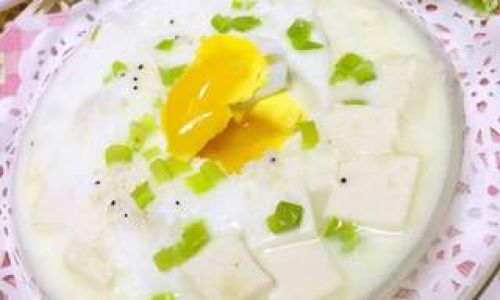
- Sitting upright with support.
- Showing interest in food.
- Losing the tongue-thrust reflex.
Nutritional Benefits for Babies
- Digestive Health: High fiber content aids in preventing constipation.
- Immune Support: Vitamin C boosts antibody production.
- Brain Development: B vitamins support cognitive growth.
Common Mistakes to Avoid
- Undercooking: Raw or crunchy lotus root is difficult for babies to chew and digest.
- Overcooking: Excessive cooking may destroy heat-sensitive nutrients like vitamin C.
- Ignoring Texture: Adjust the consistency based on your baby’s stage—smooth for new eaters, chunkier for experienced ones.
Conclusion
Cooking lotus root for your baby requires attention to time and texture. By boiling, steaming, or pressure-cooking it for 10–20 minutes, you can achieve a safe, soft consistency that’s easy to mash or puree. Pair it with complementary ingredients like apples or sweet potatoes for a balanced meal. Always prioritize freshness, proper preparation, and gradual introduction to ensure a positive experience for your little one. With its mild flavor and nutrient density, lotus root is a fantastic addition to your baby’s culinary journey.
This article equips parents with the knowledge to confidently prepare lotus root, blending nutrition and safety into every spoonful. Remember, every baby is unique—consult your pediatrician if you have concerns about introducing new foods. Happy cooking!
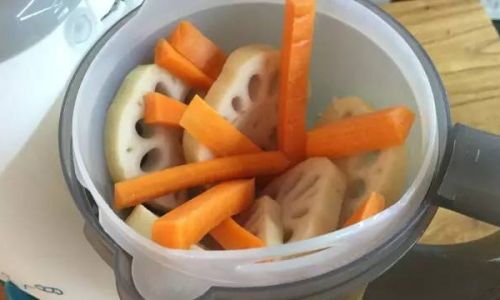
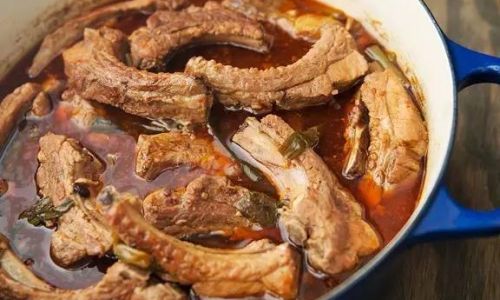
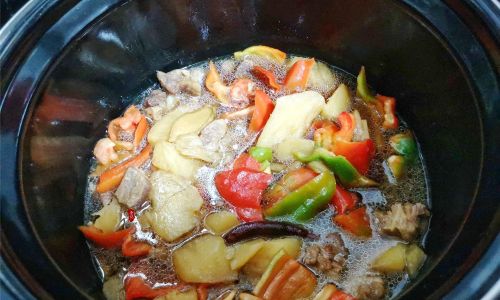
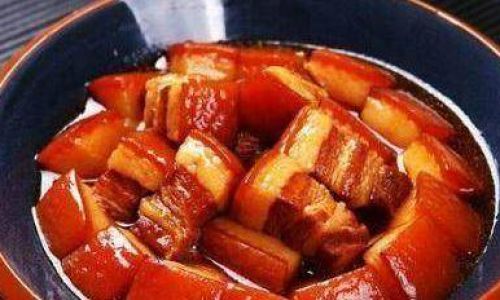

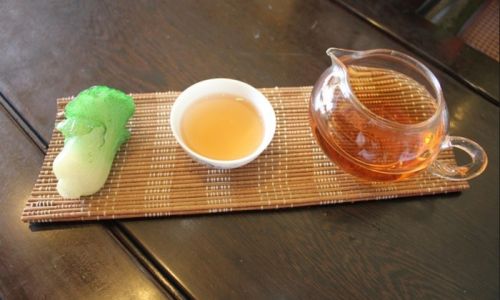
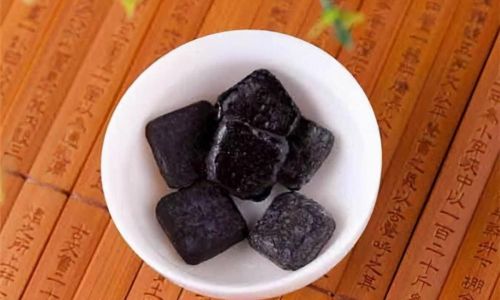
0 comments